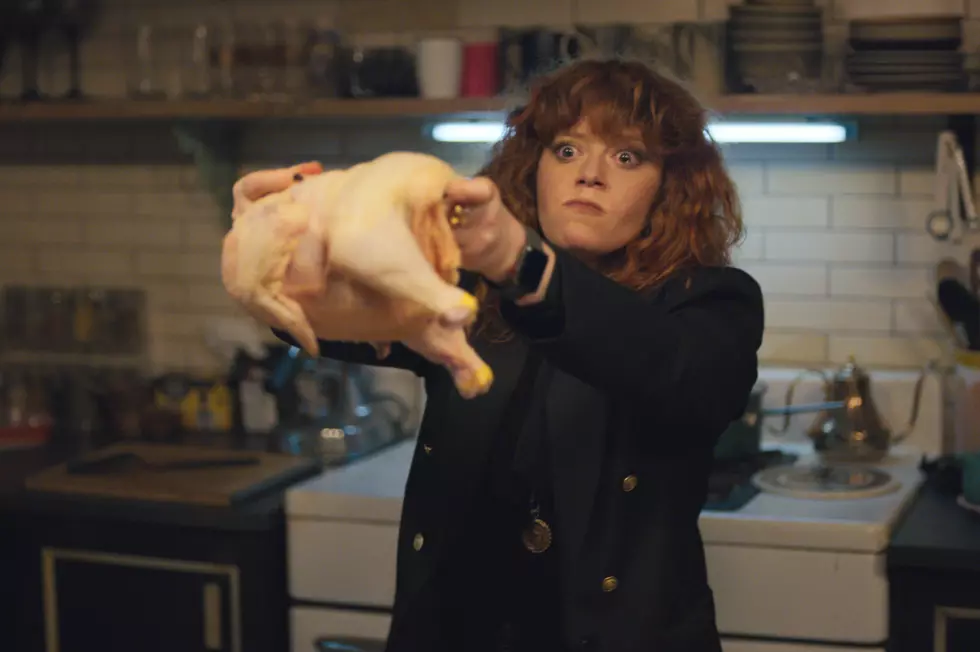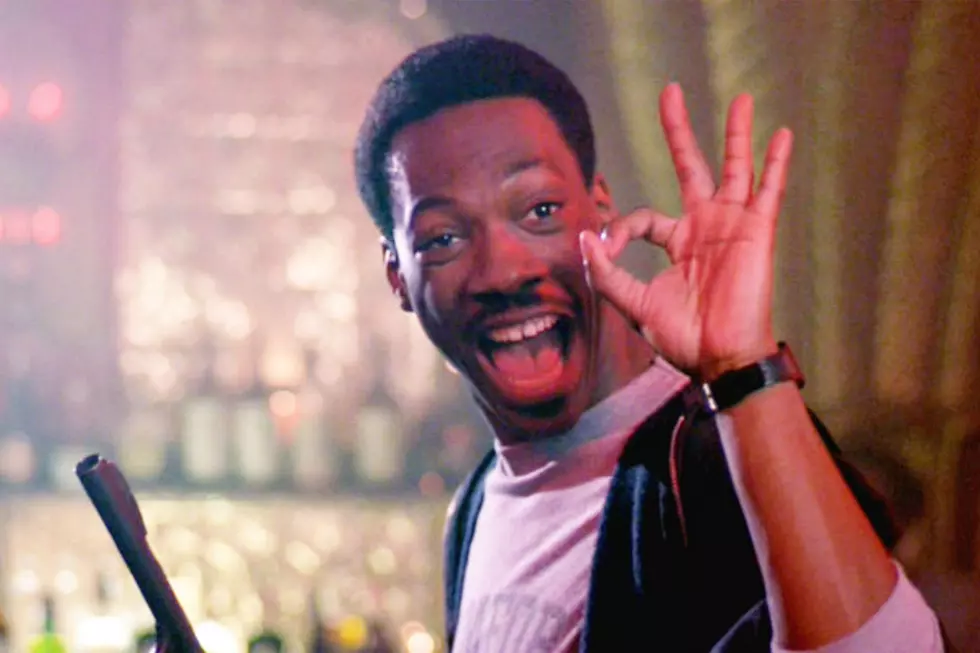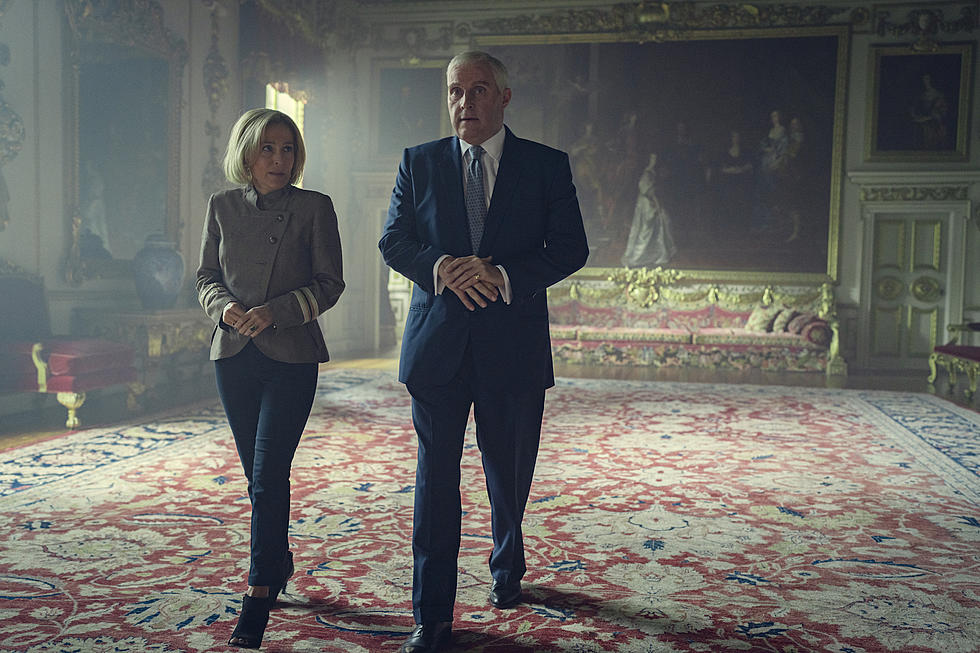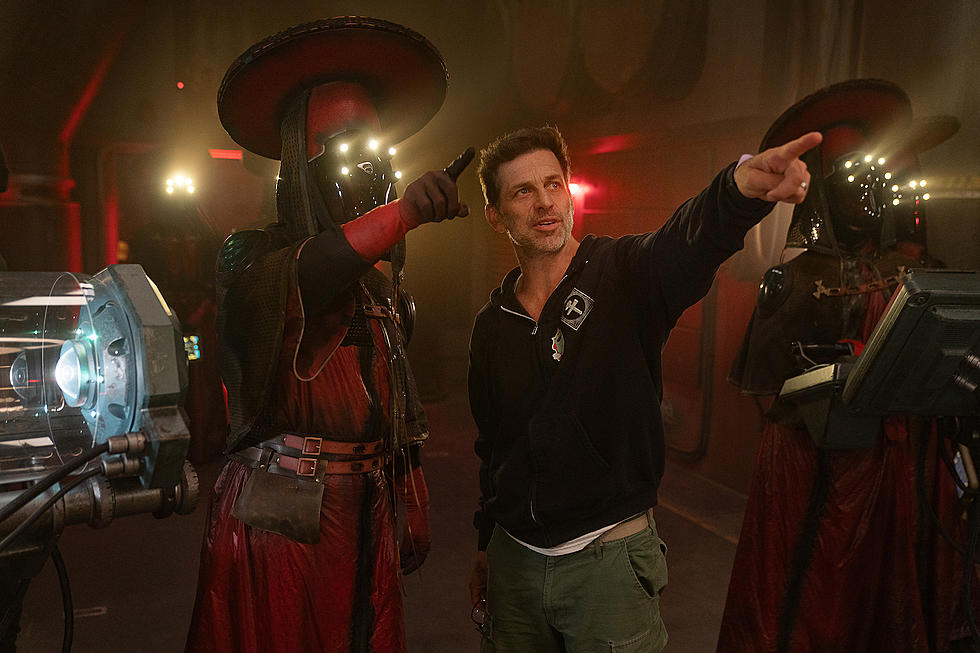
‘Russian Doll’ Netflix Review: The Best Show Ever Made About New York Life That Also Involves Repeatedly Dying and Living the Same Day Over
The following Russian Doll review contains minor SPOILERS.
If you want to know what living in New York feels like, watch Netflix’s Russian Doll. Sure, it features more Groundhog Day-style deaths and rebirths than in the real Manhattan. But not, like, that much more.
Or at least it can be hard to tell the difference. That’s part of what I loved about Russian Doll — which has at least as many possible interpretations as Natasha Lyonne death scenes. Metaphysical, multidimensional, time-bending sci-fi premise or not, it captures exactly what life in this city feels like over an extended period of time.
Things get a little more surreal by the end, but the premise is very simple. On the night of her 36th birthday party, Nadia (Lyonne) dies, and then promptly returns to her birthday party hours earlier, no physically worse for wear. Occasionally she might survive to the next day, but no matter where she goes, what she does, or who she hangs out with, Nadia keeps dying and resetting back at her birthday, just like Bill Murray in Groundhog Day. She doesn’t know why it keeps happening or how to stop it, until she happens to die next to a man who says he’s dying every day too.
There are a lot of things to like about Russian Doll. Lyonne, who also co-created the show with Amy Poehler and director Leslye Headland, gives a terrifically layered performance that ranges from hilariously funny in the early episodes to brutally emotional after Nadia comes to understand what she needs to do to stop the endless repetitions. The supporting cast is filled with talented players, like Jeremy Bobb as a lecherous college professor, so it’s always a pleasant surprise when Nadia crosses paths with someone in an unexpected way or place. And the final resolution lands on something really moving in the way it suggests that moving on from past emotional trauma doesn’t come from a magic cure, but rather hard work and the support of good friends.
Different people will respond in different ways to the show based on their own background. What I really took to was its depiction of New York, and particularly the Lower East Side. Russian Doll borrows the structure of Groundhog Day, but it changes up the “rules” of this kind of character-repeats-the-same-day-over-and-over piece. The viewer notices even before Nadia does, that some small differences — a fish missing here, a mirror missing there — are occurring in her time loop. Then whole people begin vanishing, and Nadia’s desperate race to resume her normal life takes on added urgency.
Anyone who’s moved to New York in their 20s, will recognize the feelings Nadia experiences during these episodes. I came to the Lower East Side in the early 2000s and lived around there all through graduate school. In those early years, I had a huge group of friends, who would go out together to bars multiple nights a week. Then school ended and some people moved away. Later, others left for work or relationships. One day you look around and you’re still in the same place, but everyone who used to be there with you is just ... gone. Russian Doll takes that feeling that your life is just this endless cycle of days as one person you love after another goes away and turns it into part of its text.
There’s a whole culture — including books and blogs — around the idea of a “Vanishing New York,” that constantly takes stock of all the old buildings and restaurants and music shops that gave the city character and are being torn down one by one to make way for more condos and banks and chain restaurants. The New York Times’ Jason Zinoman posted a whole Twitter thread that looked at Russian Doll through this kind of prism, seeing the show as an expression of “cultural guilt” about the Tompkins Square Park Riots and subsequent gentrification.
To me the concept of Vanishing New York is a much more personal thing, less about the places that are lost than the people you visited those places with. Russian Doll is literally about that kind of vanishing. After all, the places in the show remain. The people do not, even in the series’ mostly upbeat final scenes. That rings true to me, too. You can love New York and never want to leave it, and miss all the people you don’t see anymore all the same.
Gallery — The Best Netflix Original Shows and Movies, Ranked:
More From ScreenCrush









